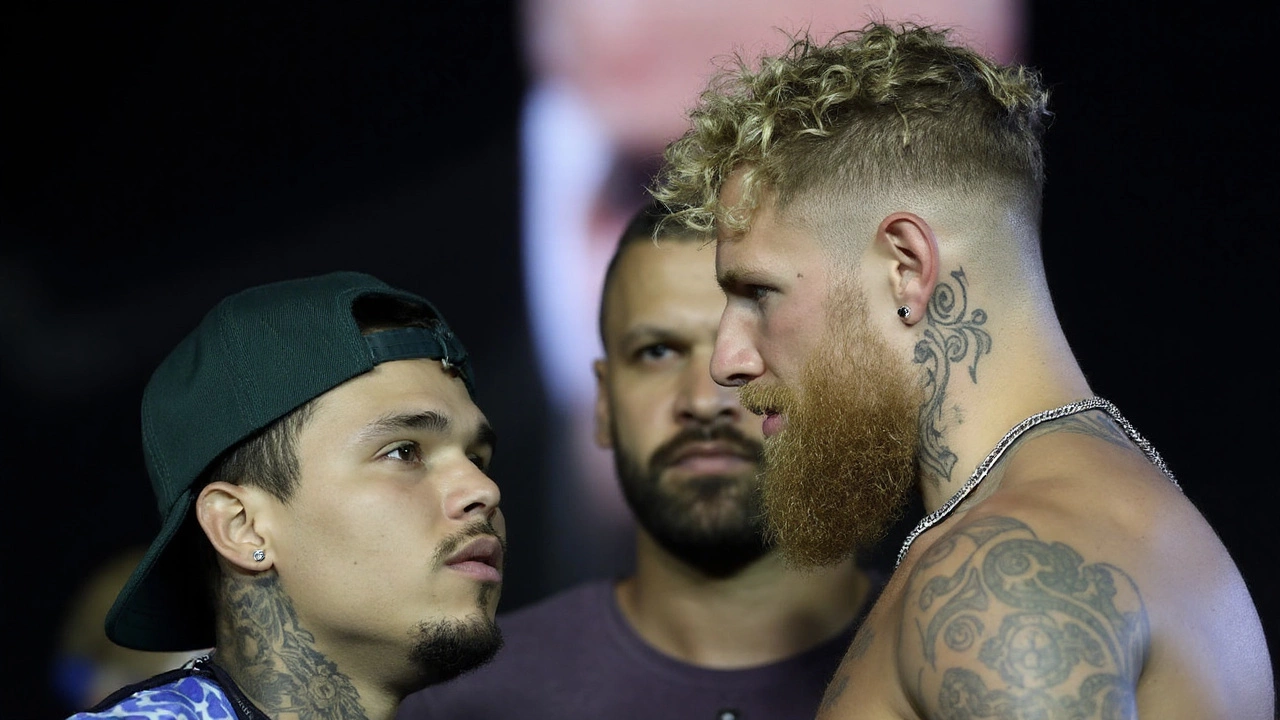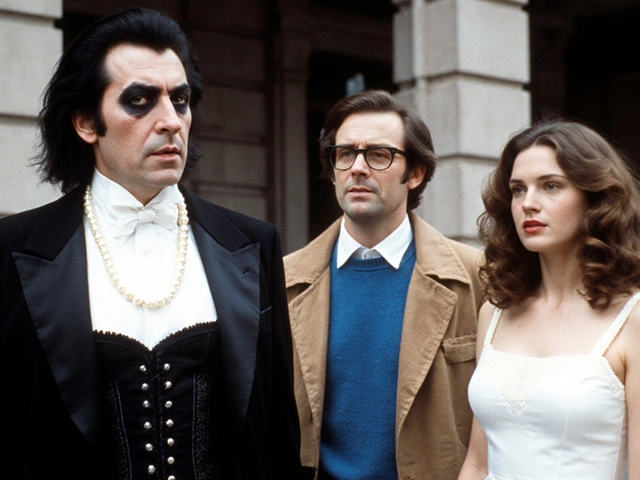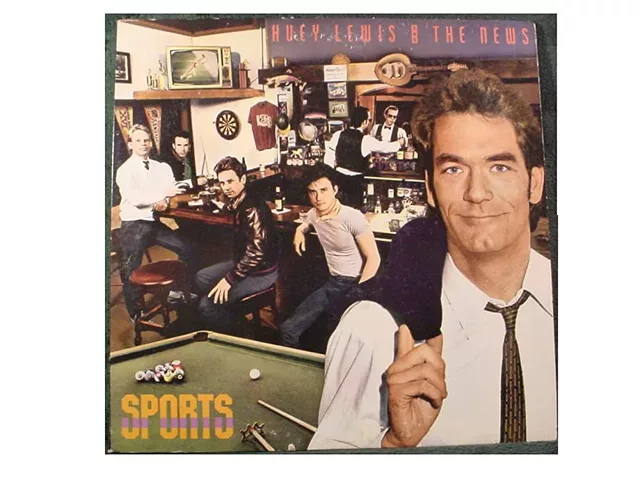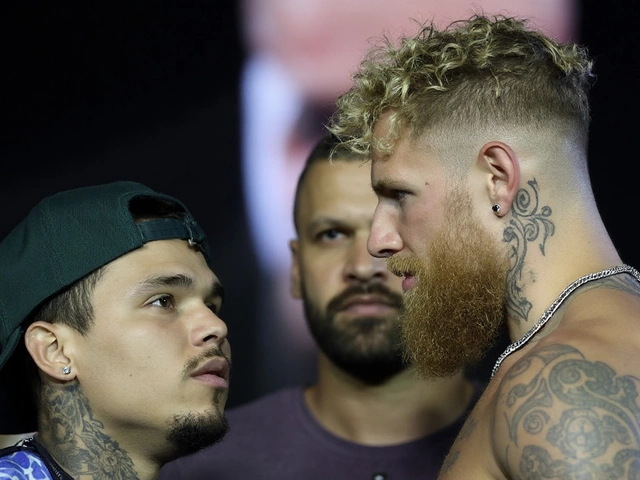On November 14, the boxing world will tune in to a Netflix‑exclusive showdown that pits internet‑born powerhouse Jake Paul against seasoned multi‑division champion Gervonta "Tank" Davis. While the event is billed as an exhibition, the stakes feel anything but casual. The two athletes will step into a ring set at a 195‑pound catch‑weight, but the numbers tell a deeper story: Davis is expected to weigh roughly 125 pounds, giving Paul a near‑70‑pound advantage on fight night. That kind of disparity is rare in modern combat sports and has already ignited endless debate among pundits, trainers, and casual fans alike.
The Size Mismatch: Numbers and Implications
Davis, a former world champion in three weight classes, brings over two decades of ring experience. He began boxing at age seven, amassed 23 years of professional bouts, and built a reputation for explosive power and razor‑sharp counterpunching. Paul, by contrast, entered the sport only five years ago, transitioning from a YouTube career to a full‑time boxing venture that has seen him rack up a string of high‑profile victories against fellow influencers and former athletes.
Weight comparisons underscore the novelty of the encounter. Davis typically fights around 130‑135 pounds; Paul usually competes near 190‑195 pounds. Even if Davis cuts down to meet the 195‑pound limit, the sheer mass of Paul's frame—combined with a height advantage of several inches—means he will carry more power behind each punch and be harder to bring down.
- Weight differential: ~70 pounds
- Height gap: Paul stands roughly 6'2" vs. Davis at 5'9"
- Reach advantage: Paul’s reach exceeds Davis’s by about 7 inches
- Experience gap: Davis has 23 years; Paul has 5 years
Analysts such as A Guy Called Henry have drawn parallels to the David Haye vs. Nikolai Valuev clash, where a 30‑pound difference still left room for the smaller fighter’s speed and skill to shine. In this case, however, the gap is more than double that, prompting a tougher question: can Davis’s refined technique and power offset the raw physicality Paul commands?
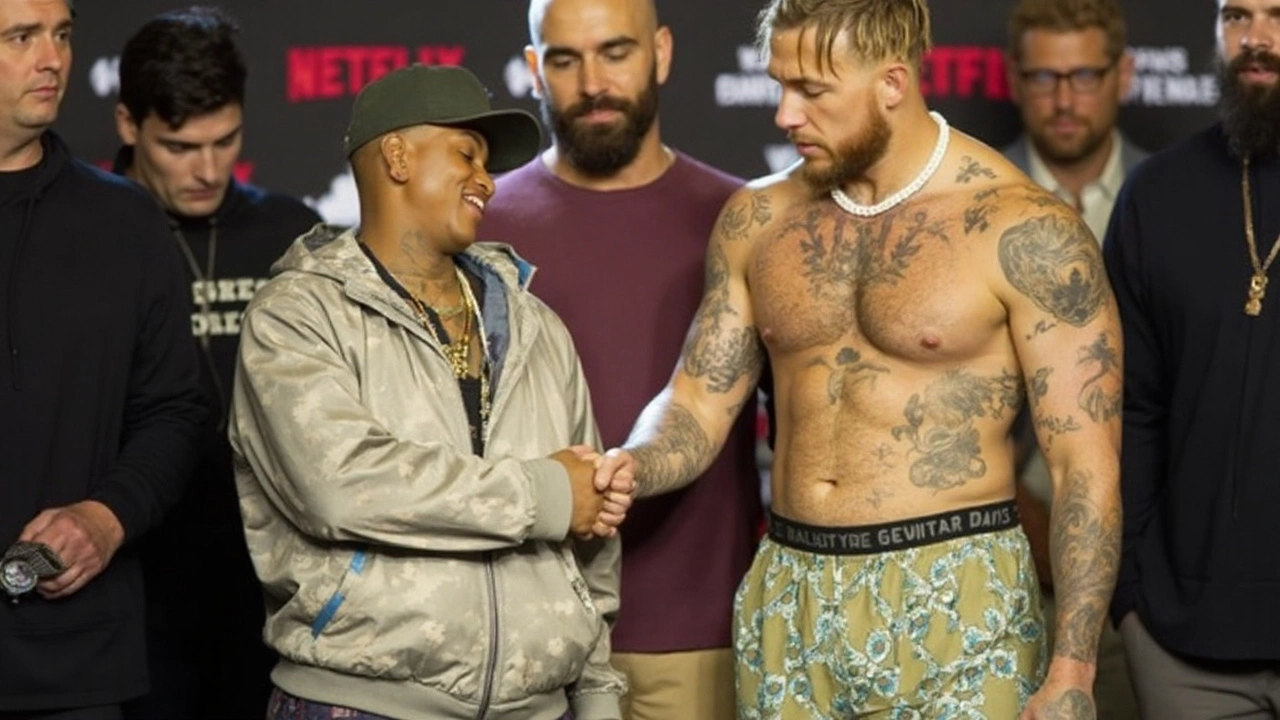
What the Fight Means for Boxing's Future
The exhibition format is crucial. Traditional sanctioning bodies would likely reject a bout with such a lopsided catch‑weight, but the commission’s approval of the 195‑pound ceiling opens a door for experimental matchups. If the fight draws a massive global audience—and early metrics from Netflix’s promotional campaign suggest it will—it could pave the way for more cross‑over events that prioritize spectacle over strict competitive equity.
Beyond pure entertainment, the bout serves as a live case study for coaches on how to adapt strategy when facing a size‑dominant opponent. Davis may need to rely on angle work, rapid in‑and‑out movements, and targeted body attacks to sap Paul’s stamina. Conversely, Paul could exploit his weight by leaning on Davis, using clinches to curb motion, and delivering powerful, single‑shot knockouts.
Fans are already crafting vivid metaphors: Davis is the lion, swift and lethal, while Paul resembles a young elephant—massive, hard‑to‑move, and surprisingly agile for his size. These images capture the core tension—skill versus size—that makes the bout a magnetic narrative for both die‑hard boxing followers and casual viewers drawn by the Netflix platform.
As the countdown ticks toward the November 14 bout, the sport’s community watches with bated breath. Will Davis prove that decades of training can neutralize a 70‑pound deficit, or will Paul’s natural advantages reaffirm the age‑old adage that size often dictates outcome? The answer will echo far beyond this single night, influencing how promoters, athletes, and streaming services envision the next generation of high‑profile boxing spectacles.
